Boston Seafood Show 2011
 Monday, March 21, 2011 at 12:07PM
Monday, March 21, 2011 at 12:07PM We attended The Boston Seafood Show this past weekend to visit some of our clients exhibiting at the show: East Coast, Bristol, Seafax, Pacific Giant, Diversified Communications, and maybe some new ones! The New England Food Show was held simultaneously at the Boston Convention and Exhibition Center. Lots of great food and beverages, even some from our home town, Portland, Maine.
Curvwork designs trade show exhibits that fit your budget and your brand strategy. Call us for more information.
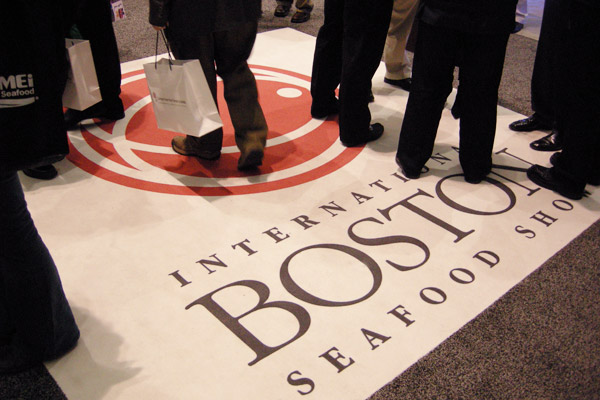
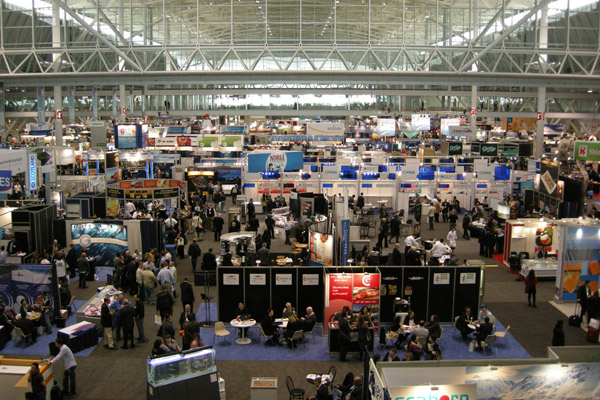
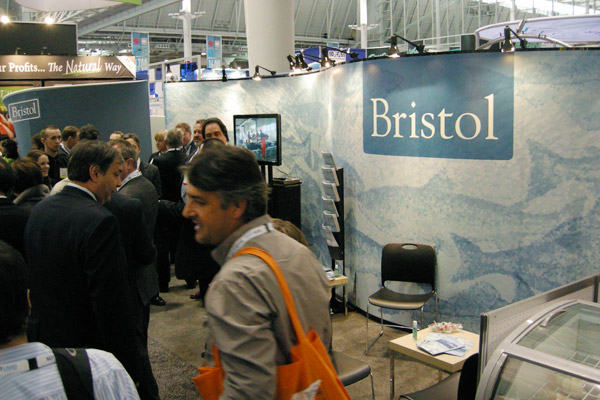
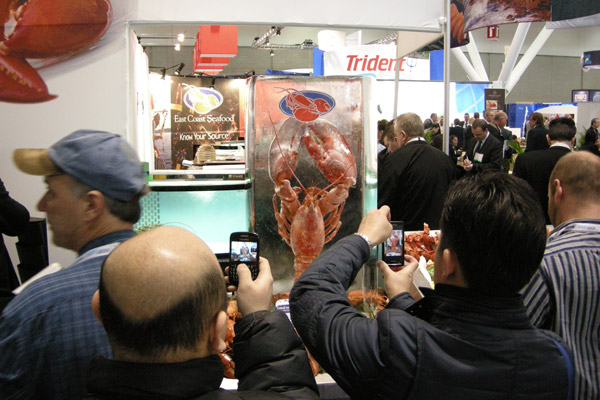
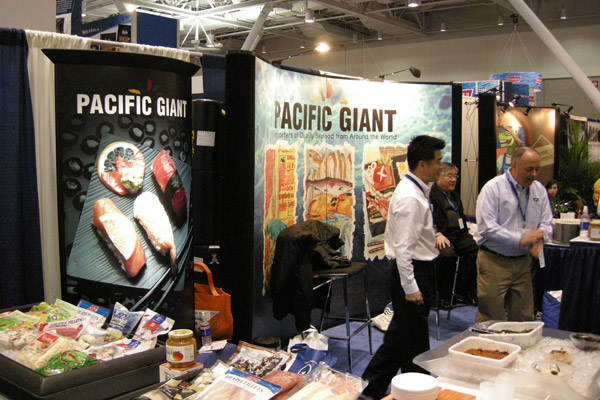
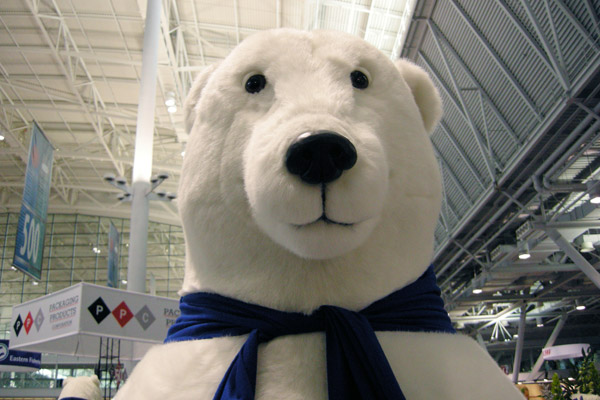
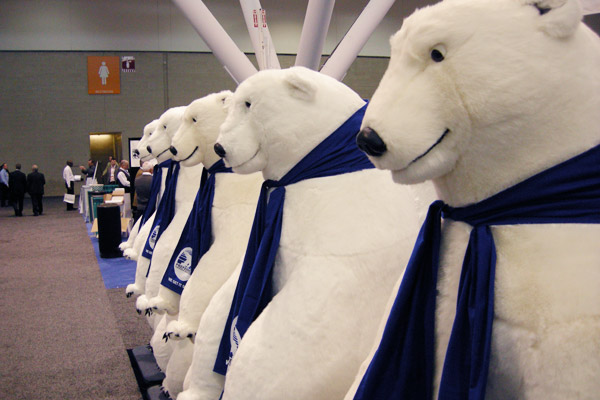
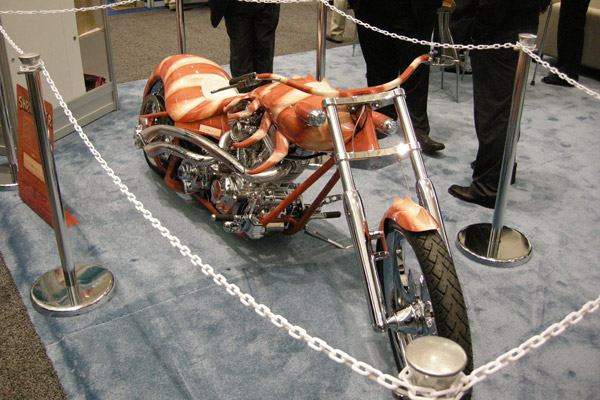
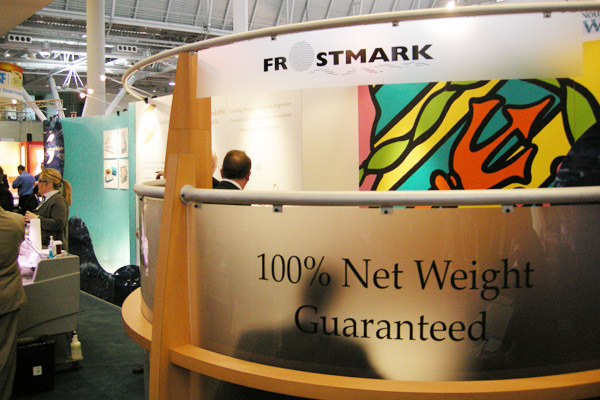
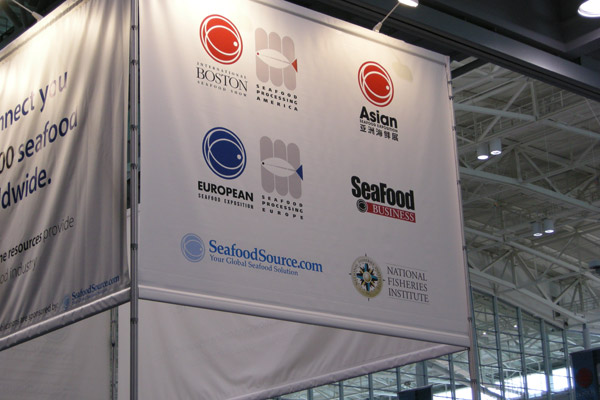
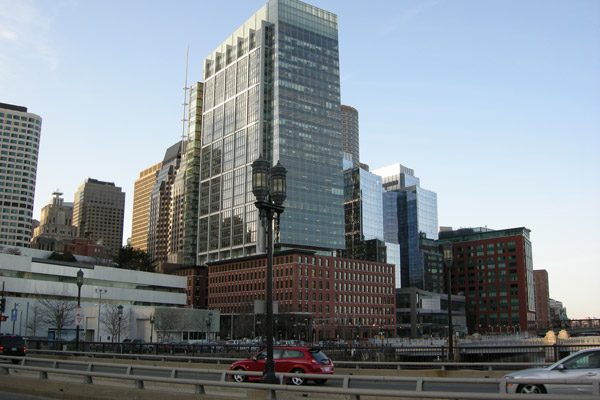
The Trade Show Top 10
A checklist for trade show success.
1. The Objective
The biggest mistake a company can make is going to a trade show without a measurable marketing objective. It is estimated that only 5% of exhibitors have a clear objective when they come to a show. Some exhibitors make the mistake of establishing five or six general objectives. A better plan is to have one major objective that supports the overall marketing objectives of the company. For example, a show objective may be to obtain 150 leads from the North East market and turn 25% into sales. Thus, everything an exhibitor does prior to, during, and after the show should be focused on accomplishing this objective.
2. Pre-Show Promotion
Pre-show promotion is a great way to bring buyers to you before the show begins. A creative direct mail campaign targeting key prospects is very effective. A strategicly based approach will put your company in the mind of the target audience and get them excited about your exhibit.
3. The Message
The marketing and sales message delivered via the booth graphics can be one of your most powerful sales tools at a trade show. Companies relying on bold colors, bright lights and flashy audio and video will attract attention but ultimately confuse the customer with an unclear marketing message. At a trade show, a company has approximately 7 to 10 seconds to attract a potential customer. A marketing message that is clear and concise will tell customers why they should be interested in your product or service and convey what your company can do for them.
4. Giveaways
Giveaways can add enormous value to your product or service and help support brand awareness. Placing generic giveaways on a table isn't very effective and doesn't help potential customers remember their experience at your booth. Giving a customer who has spent significant time at your booth something unique and useful can be a very effective marketing tool.
5. Graphics
Studies have shown that an exhibitor has between 7 and 10 seconds to capture a potential customer. The booth graphics are a companys first introduction in that time frame. A customer needs to know who the company is, what your selling, and why they need it. Understanding your customers, your competition and the industry will help you define a trade show objective and craft a message that will attract customers.
6. Product
Have you ever been to an exhibit and wonder what the company is selling? Thats usually do to the fact that the company hasn't brought its product. 64% of potential customers are drawn to exhibits that have products and demonstrations. Having photographs or video isn't enough, especially if your launching a new product. Customers that are serious about buying prefer to see the actual product or service rather than a representation.
7. Prospects
Trade shows give a a company a very targeted, but small window to reach potential customers. This environment doesn't afford sales people the luxury of "taking it easy". At trade shows, time is money and booth staff need to be efficient in order to maximize the companys return on investment. Talking on cellular phones, talking with co-workers, eating, and leaving the exhibit area puts a barrier between your company and potential customers. Customers don't want to feel intimidated, ignored or that they are imposing.
8. Show Guidelines
All too often, exhibitors don't take the time to thoroughly read their trade show manuals. Crucial elements such as electricity, internet and phone connections, setup and take down guidelines are explained. Not understanding the show specifics can seriously hinder the effectiveness of the exhibit. The trade show manuals contain valuable information that can give your exhibit a competitive advantage, making the show much more effective.
9. Follow-Up
Lead follow-up is one of the most important aspects of the exhibiting process. Lead qualifying and categorizing can establish a very effective sales advantage. It is estimated that approximately 30% of exhibitors do no lead follow-up and 40% do poor follow-up. To avoid these situations, prior to the show establish how leads will be attained and how they will be handled once the show is over. Also, bringing laptops to the show is an effective way to input lead data on the show floor after talking to a potential client. It is also reccomended to follow up all leads within two days. Assigning a post-show follow-up team will be most effective.
10. Evaluation
How successful was your last tradeshow? The show evaluation process will tell you if it's worthwhile to attend the show in the future or what to do differently next year. Evaluating the number of leads that generate into sales is a good place to start. Evaluating your show marketing objectives will yeild additional information. For example, if you are looking for media coverage, how much did you get? If you're looking to educate your customers, how many product/service demonstrations did you do? If you are launching a new product, how strong was your pre-show promotion? If your show objective was to learn more about your customers, how much research were you able to do? There is an enormous amount of marketing information available at a trade show. What you chose to gather and utilize should be directly related to your marketing objectives. After performance has been evaluated, no matter how successful your show was, meet with the marketing and sales team and utilize the information to improve upon future performance.
 Curvwork |
Curvwork |  6 References |
6 References | 
Reader Comments